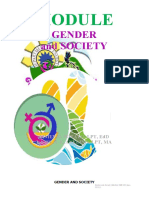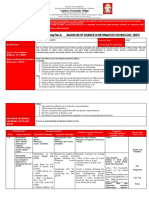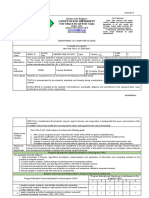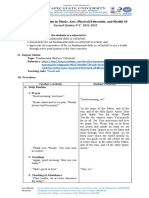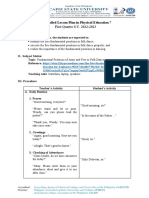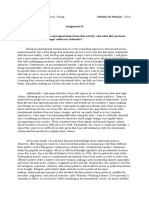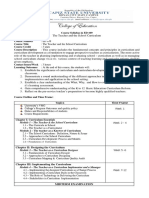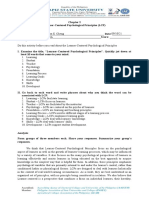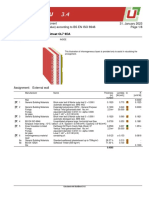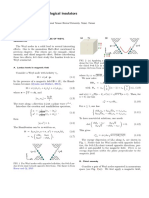0% found this document useful (0 votes)
3K views13 pagesGender and Society: Lanie N. E. Avelino, LPT, Ma Eimee D. Potato, Edd
This document provides an overview of Module Two of the course "Gender and Society". The module focuses on the biomedical perspective of gender and sexuality. It discusses human anatomy and physiology as they relate to reproduction. Key topics covered include the male and female reproductive systems, the process of reproduction, puberty, fertility, pregnancy, and adolescent sexual health and risks. The module aims to help students understand human development and sexuality from a biological standpoint.
Uploaded by
Franz Simeon ChengCopyright
© © All Rights Reserved
We take content rights seriously. If you suspect this is your content, claim it here.
Available Formats
Download as DOCX, PDF, TXT or read online on Scribd
0% found this document useful (0 votes)
3K views13 pagesGender and Society: Lanie N. E. Avelino, LPT, Ma Eimee D. Potato, Edd
This document provides an overview of Module Two of the course "Gender and Society". The module focuses on the biomedical perspective of gender and sexuality. It discusses human anatomy and physiology as they relate to reproduction. Key topics covered include the male and female reproductive systems, the process of reproduction, puberty, fertility, pregnancy, and adolescent sexual health and risks. The module aims to help students understand human development and sexuality from a biological standpoint.
Uploaded by
Franz Simeon ChengCopyright
© © All Rights Reserved
We take content rights seriously. If you suspect this is your content, claim it here.
Available Formats
Download as DOCX, PDF, TXT or read online on Scribd
/ 13

























